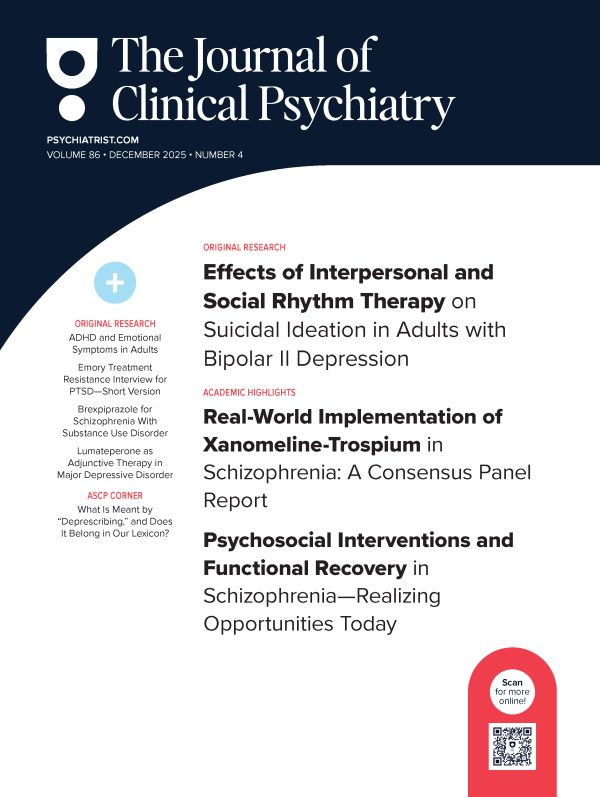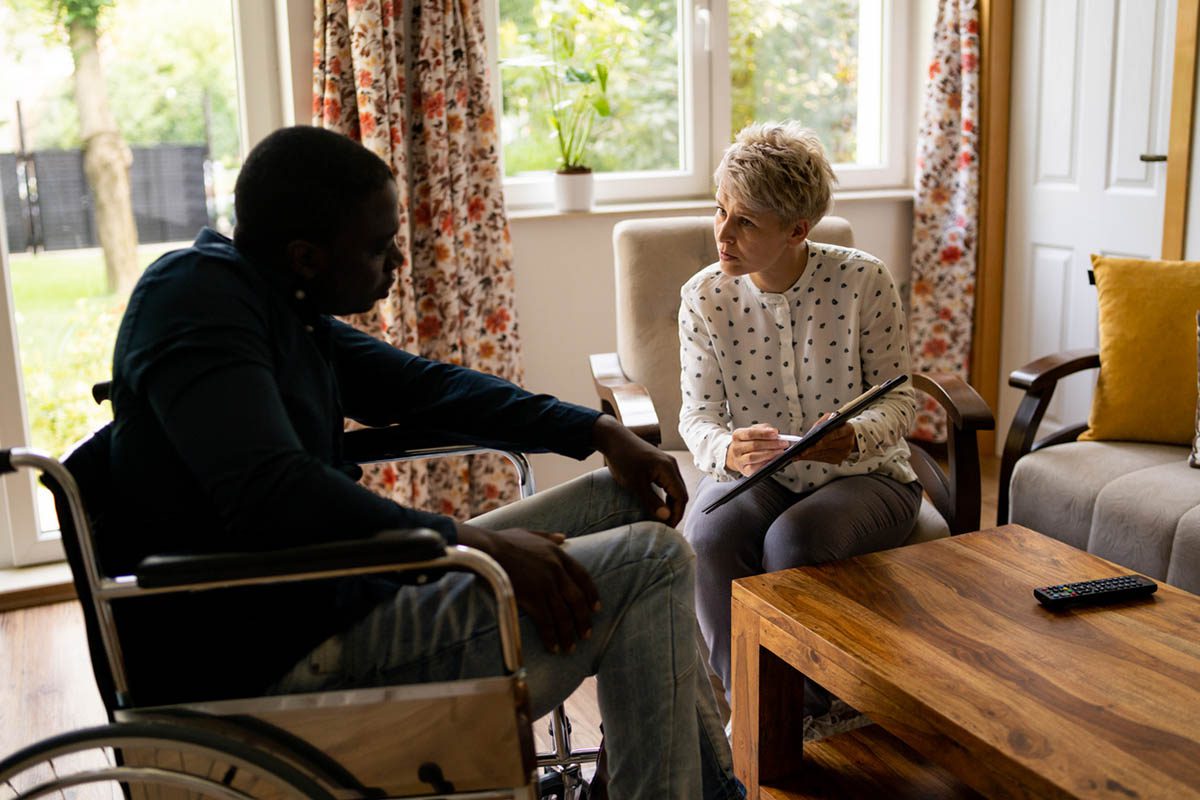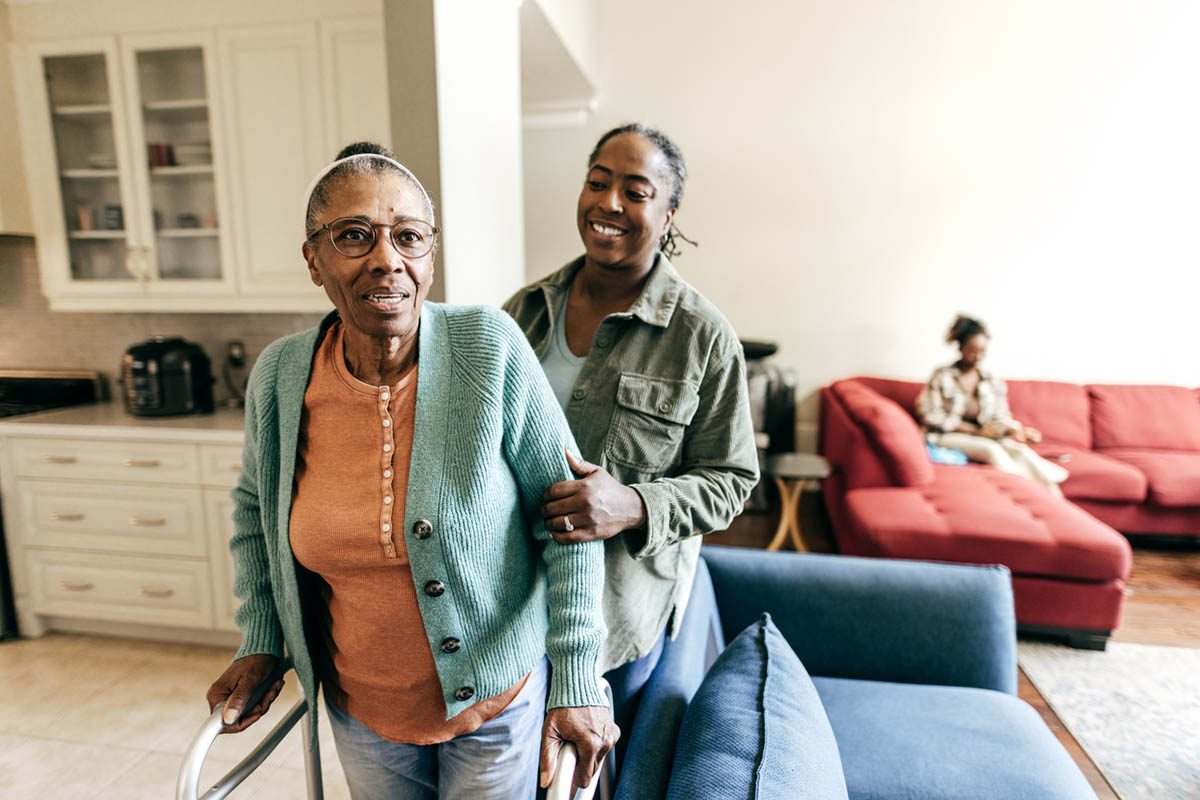Background: Speed of onset of therapeutic effectis an important dimension of drugs employed to treat psychosisand schizophrenia. Faster onset is desirable to reduce theanguish caused by delusions and hallucinations and to protectpatients and others from the consequences of poor judgmentassociated with psychotic exacerbation. Although sufficientstudies have demonstrated that novel antipsychotics haveadvantages over clinically employed doses of classic drugs interms of tolerability and aspects of efficacy, less is knownabout differences in speed of onset of therapeutic effect. Thisreport consists of a post hoc subanalysis of data from a largedouble-blind, randomized pivotal trial in which we compared onsetof therapeutic effect between risperidone and haloperidol.
Method: During an 8-week period, 227 patientswith DSM-III chronic schizophrenia received 4 mg/day ofrisperidone and 226 patients received 10 mg/day of haloperidol.Symptoms were assessed 6 times (days 0, 7, 14, 28, 42, and 56)using the Positive and Negative Syndrome Scale (PANSS) forschizophrenia and the Clinical Global Impressions-Severity ofIllness scale (CGI-S). Data were analyzed using analysis ofvariance for multiple dependent variables and repeated-measuresmultivariate analysis of variance.
Results: The analyses revealed that patientsreceiving risperidone improved more rapidly than those receivinghaloperidol as measured by PANSS total and CGI-S scores.Differences were most pronounced during the first week oftreatment.
Conclusion: Results suggest that risperidoneoffers a more rapid response than haloperidol, particularlyduring the active phase of illness when time to response can becrucial.
Please sign in or purchase this PDF for $40.00.





